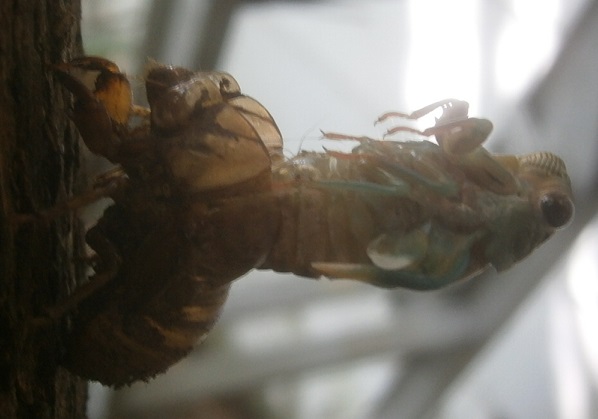Zero Waste Ideas.
Message boards :
Politics :
Zero Waste Ideas.
Message board moderation
| Author | Message |
|---|---|
 Wiggo Wiggo Send message Joined: 24 Jan 00 Posts: 34744 Credit: 261,360,520 RAC: 489 
|
It's always good to produce something where there is no waste left behind and the cotton industry here is just 1 taking that step. Cotton byproduct turned into cattle feed and cooking oil in bid to have zero waste. Move over grassfed and grainfed cattle. A new factory upcycling waste from one of Australia's major crops could lead to more "cottonfed" beef, and a byproduct from the process could find its way into your fish and chips.And if that can be mixed with some of this. Aquaculture company Clean Seas announces seaweed trial in bid to reduce emissions. We'll really be onto a winner. |
 MOMMY: He is MAKING ME Read His Posts Thoughts and Prayers. GOoD Thoughts and GOoD Prayers. HATERWORLD Vs THOUGHTs and PRAYERs World. It Is a BATTLE ROYALE. Nobody LOVEs Me. Everybody HATEs Me. Why Don't I Go Eat Worms. Tasty Treats are Wormy Meat. Yes MOMMY: He is MAKING ME Read His Posts Thoughts and Prayers. GOoD Thoughts and GOoD Prayers. HATERWORLD Vs THOUGHTs and PRAYERs World. It Is a BATTLE ROYALE. Nobody LOVEs Me. Everybody HATEs Me. Why Don't I Go Eat Worms. Tasty Treats are Wormy Meat. Yes Send message Joined: 16 Jun 02 Posts: 6895 Credit: 6,588,977 RAC: 0 
|
EMPTY WASTE Basket is GOoD, REAL GOoD. Looking Forward to Next Trash Day. SUPERWaste  May we All have a METAMORPHOSIS. REASON. GOoD JUDGEMENT and LOVE and ORDER!!!!! 
|
 Wiggo Wiggo Send message Joined: 24 Jan 00 Posts: 34744 Credit: 261,360,520 RAC: 489 
|
Finally. Australian Scientists discover mind-blowing process to recycle old solar panels: ‘Until now it made economic sense to just dump [them]’. According to Anthropocene Magazine, Australian researcher Binesh Puthen Veettil recently announced that he and his team have found a way to make solar panel recycling cheaper and easier: throwing it in a microwave. |
 Wiggo Wiggo Send message Joined: 24 Jan 00 Posts: 34744 Credit: 261,360,520 RAC: 489 
|
Now what could be better? From waste to wrap, company transforming potato scraps into eco-friendly cling wrap. In a massive warehouse in Melbourne's west, a gleaming new machine hums and purrs around the clock, extruding large rolls of clear plastic wrap. |

©2024 University of California
SETI@home and Astropulse are funded by grants from the National Science Foundation, NASA, and donations from SETI@home volunteers. AstroPulse is funded in part by the NSF through grant AST-0307956.